The Golden Rule -Watering & Drainage
Geting the watering and drainage right is the keytothriving plants. 0verwatering is the most common maintenance mistake and probably the easiest wayto killaplant, The roots sit in excess water and gradually rot, taking away the plants ability to absorb nutrients and moisture.
The risks of ovenwatering can be reduced with good drainage.Thetraditionalindoor aproach uses plant pots with drainage holesin the bottom that sit in a saucer tocatch the excess water as it drains hrough the sol. This solution does imit the style of decrative potsyou canuse and may not achieve the interior design look you
want.
Modern decorative pots and planters comein alltypes of materlals from ceramic,natura,composite, metal and fbreglassto createthatwowfactor in their settingiypically, they do not have drainage holes and the materials are not alwavs designed to be waterproof
We therefore need to make sure the plant has good drainage and the decorative pot is protected from water and soi to keepit looking pristine and avoiding damage tofloors and furnishings.
Indoor Planting
Cache Pot & Saucer
Put a saucer inside the decorative (cache) pot and place the grow pot on thesaucer, if space allows. lf required, you can raise the height of the plant so it sitsbetter in the pot by adding some pebbles or hydro granules at the bottom of theplanter.
You can take the plant out of the decorative pot to water and drain in a sink beforereplacing or water in the decorative pot. The saucer will catch excess water whichyou may need to empty.
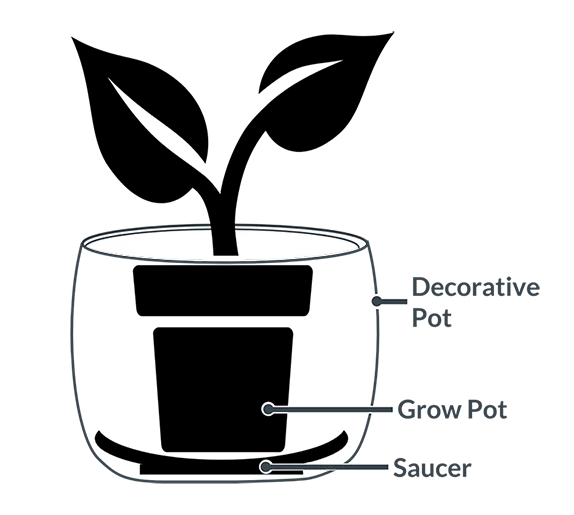
Cache Pot & Pot Liner
If taking the plant in and out of the decorative pot to water or empty excess waterfrom a saucer is not your thing. You can add a liner to the decorative pot and somedrainage material.
Pot liners are made from "squashy" plastic and come in different sizes to ht theinternal dimensions of the decorative pot, They can be trimmed down to size tocreate an unobtrusive barrier that protects the decorative pot and yourfurnishings.
VIEW PLANT POT LINERS >
Liners are ideal for taller planters and other situations where you want to raise theheight of the plant in the planter. Fill the base with packing material that will notcompress e.g. polystyrene foam and then place the liner on top at the right heightfor the plant.
Place a layer of drainage material e.g. small pebbles or hydrogranules on the baseof the liner. Hydrogranules are baked, expanded clay granules that absorb excesswater.
Sit the plant in the grow pot on the drainage layer. lf necessary add more pebblesaround the sides of the grow pot to provide additional support and hold the plantin position. lf you do excessively overwater the plant, you may need to refresh thedrainage layer occasionally to remove any stagnant water.
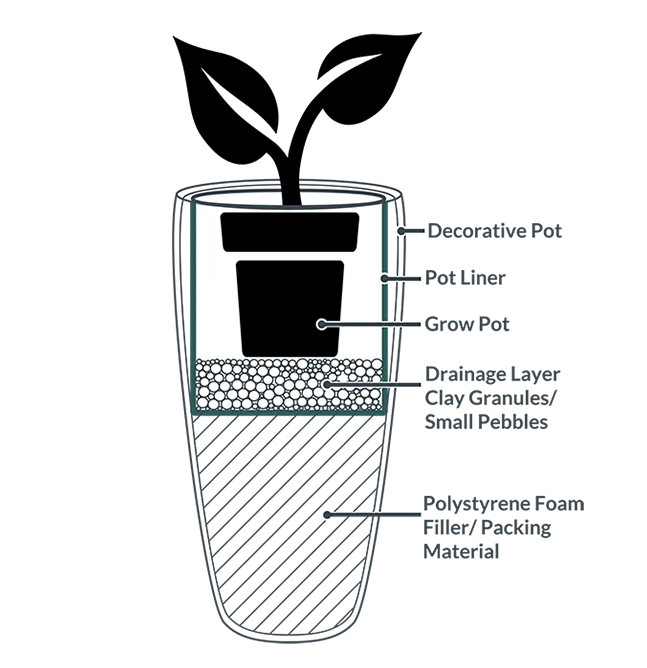
Repotting in a Pot Liner
lf you want a more harmonious look between your plant and decorative pot ratherthan simply hiding the grow pot, then consider repotting in a liner. Just followthese easy steps:
If you have a tall planter, fll excess void in the pot or planter withpolystyrene foam e.g. packing peanuts or broken up polystyrene pieces.Ensure that your void fll is a solid structure and will not compress overtime.
Insert a pot liner sized for the pot you are using and allowing for a drainagelayer of hydrogranules or pebbles at a suitable depth for the plant (typically2-5cm). Cut the pot liner to size with kitchen scissors for a neat line at therim of the pot.
Place the drainage layer of hydrogranules/ pebbles on the bottom of theliner.
Fill up the rest of the liner with indoor plant potting soil and insert the plantin it. Note: do not use soil from the garden or garden compost which maycontain disease.
Cover the surface of the soil with decorative stones or pebbles to suit yourinterior and give a flush fnish between the rim of the pot and the plant.
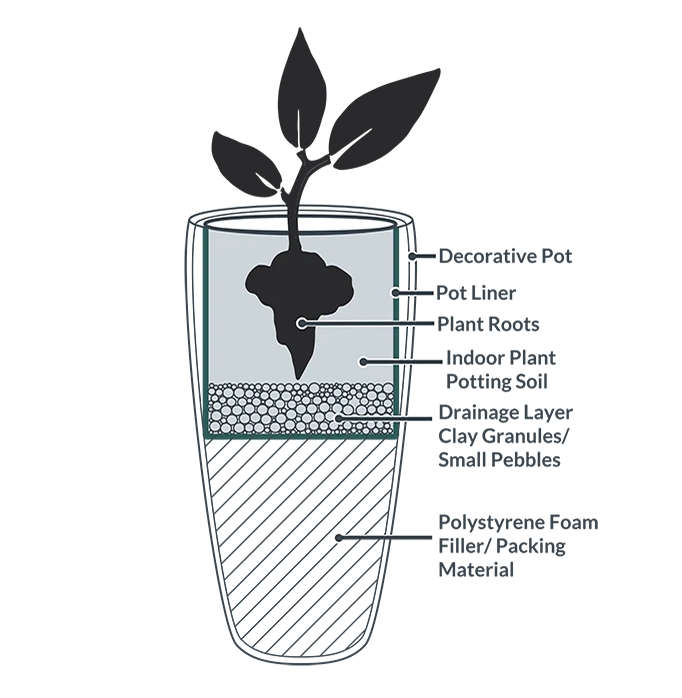
Hydroculture - The Ultimate Easy-Care Solution
Hydroculture plants have long been the choice of professional interior designers.
In hydroculture, plants are cultivated in hydrogranules rather than soil.
Hydrogranules are baked and expanded clay granules designed to hold water andnutrients and let it pass gently back to the plant roots. This means, no mess, no soilpests, no risk of over watering, less watering (every 4-5 weeks) and less feeding(every 4-6 months).
When watering the plant, the layer of hydrogranules at the base of the grow potand liner will act as a reservoir trapping and holding water and nutrients forrelease back to the plants.
The plant root systems are surrounded byoptimum moisture, nutrients and air inthe hydroganules, and adapt by becomingfleshier, with a smaller rootball thanstandard soil potted plants.This results in strong, healthy plants that are moreadaptable to planting in different sized containers, with limited need to repot asthey grow.
Hydroculture also allows you to mix plants that have different wateringrequirements in a single decorative pot because each plant will take what it needsfrom the hydrogranules.
lf you have a tall planter, fll excess void in the pot or planter withpolystyrene foam e.g. packing peanuts or broken up polystyrene pieces.Ensure that your void fll is a solid structure and will not compress overtime.
Insert a pot liner sized for the pot you are using. Cut the height of the potliner to size with kitchen scissors for a neat line at the rim of the pot,ensuring that the hydroculture grow pot will sit on the bottom of the liner atthe correct height for the plant.
Place the plant in its hydroculture grow pot on the base of the liner.
Place a water meter at the side of the grow pot for an accurate indication ofwhen to water.
Fill the surrounding space between the grow pot and the pot liner with morehydrogranules to create a uniform layer of granules on the surface. Whenwatering the plant, the layer of hydrogranules at the base of the grow potand liner will trap and hold water for release back to the plants.
lf desired. cover the surface of the hydrogranules with decorative stones orpebbles to suit your interior and give a flush fnish between the rim of thepot and the plant.
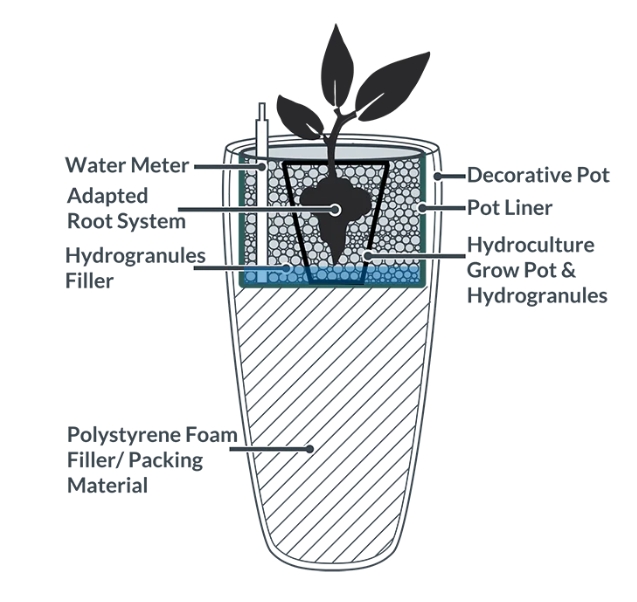
Dutdoor Planting
Qutdoor planters need drainage holes to allow rainwater to pass through andavoid water-logging the plants root system.
lf you plan to leave the planter outdoors all year, ensure that it is frost proof. Toprevent ice build up and cracking of the drainage hole make sure it is raised upfrom the floor, either by a recessed design or elevated on feet. Then follow thesesteps for easy planting:
Cover the drainage hole in the bottom of the planter with a felt layer orseparation-cloth. This will allow excess rainwater to drain through whilstretaining the clay hydro granules/pebbles in the bottom of the planter.
Place a layer of clay hydro granules in the bottom to act as a water reservoirDepending on the overall height of the planter, a layer approximately 10cmdeep should be suffcient. For tall planters you may need to fll the base withvoid fll using bricks or larger stones before adding the drainage layer.
We recommend using a felt layer or separation-cloth between the hydrogranules and the soil. To prevent soil leaking into the hydro granules but stillallowing water to pass up into the soil.
Fill up the rest of the planter with potting soil and insert the plant.
Cover the surface of the soil with decorative stones, pebbles or bark chips tosuit your style and help reduce evaporation in warm weather.
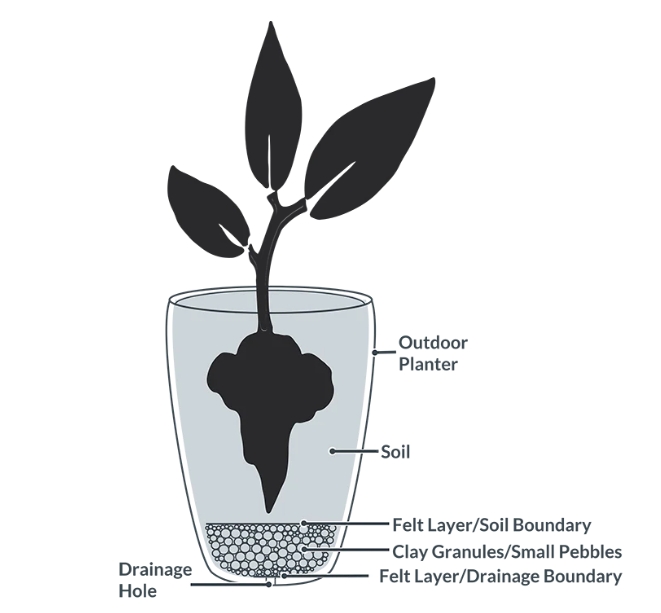



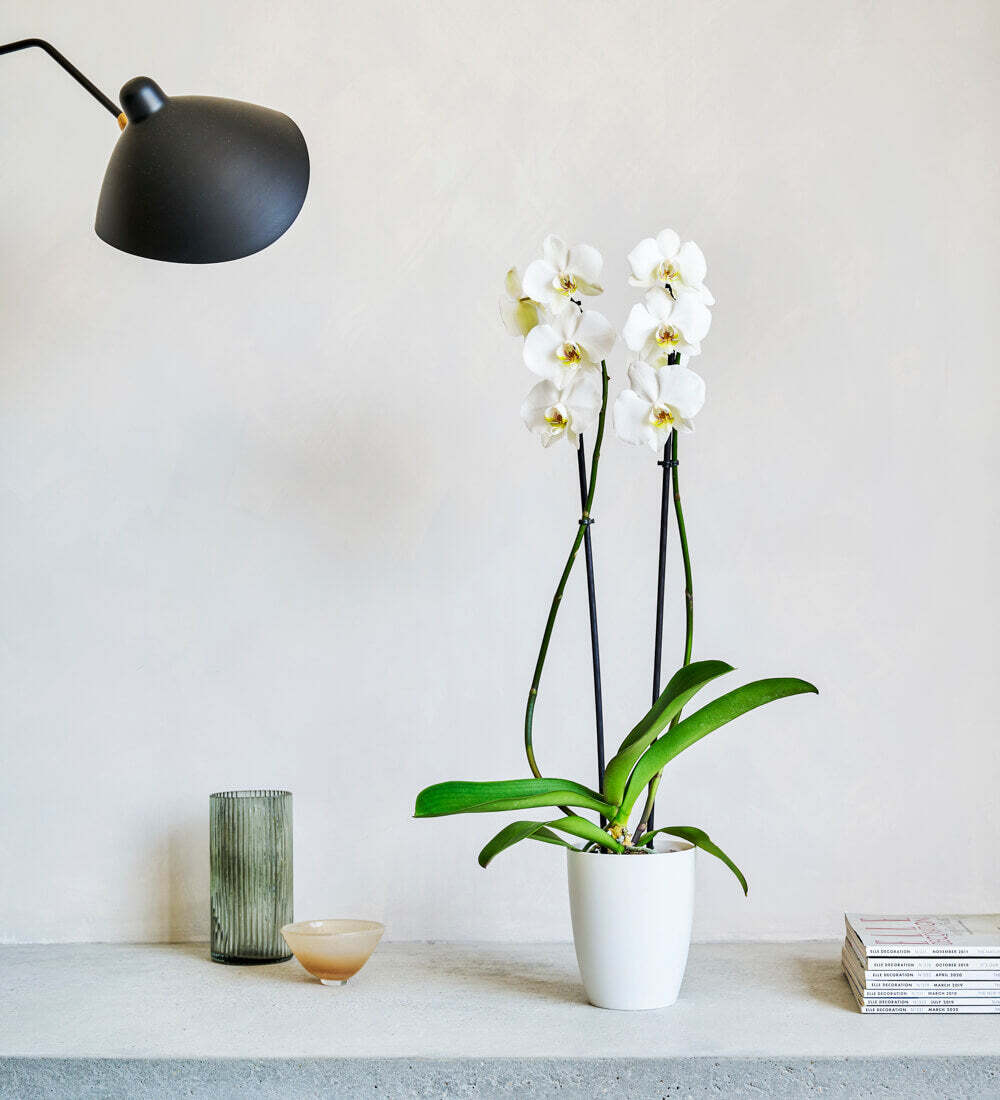
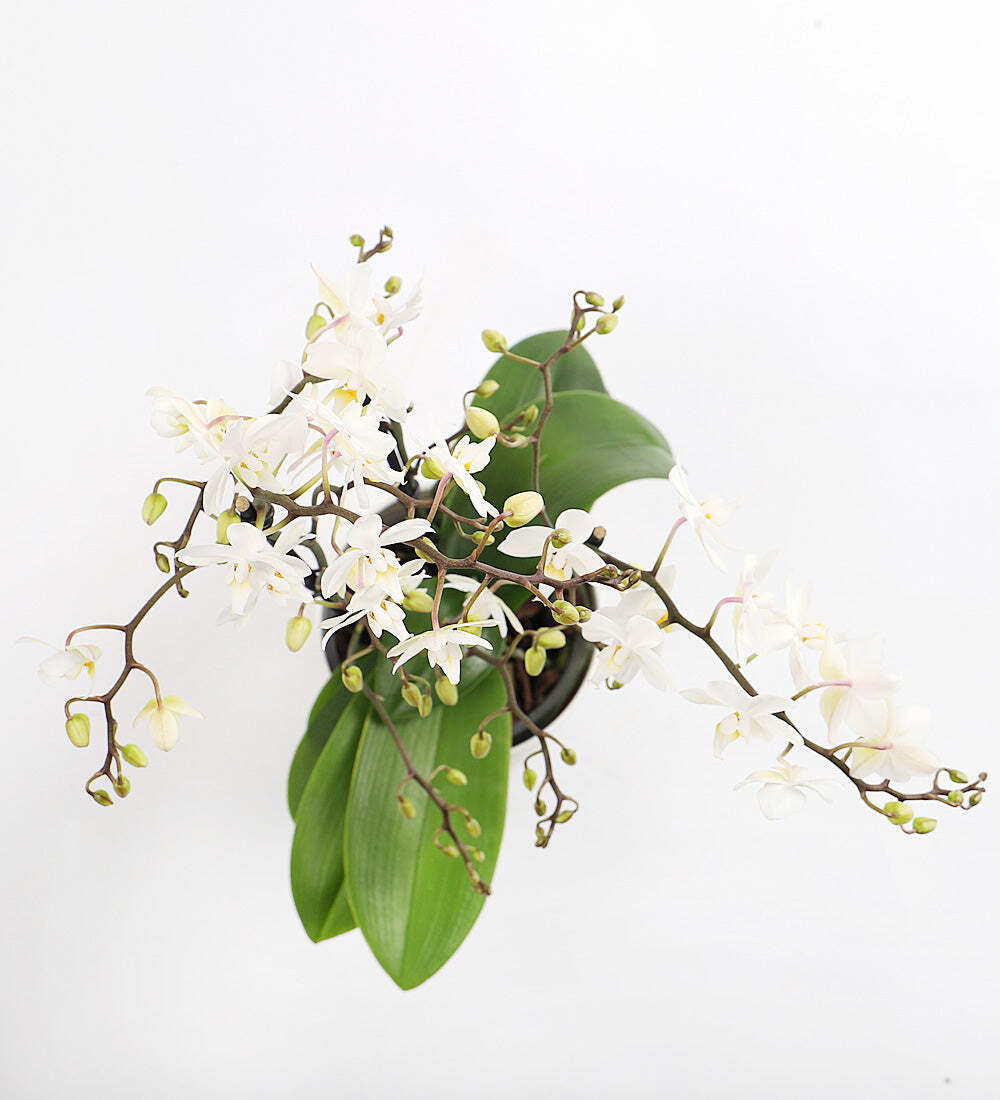

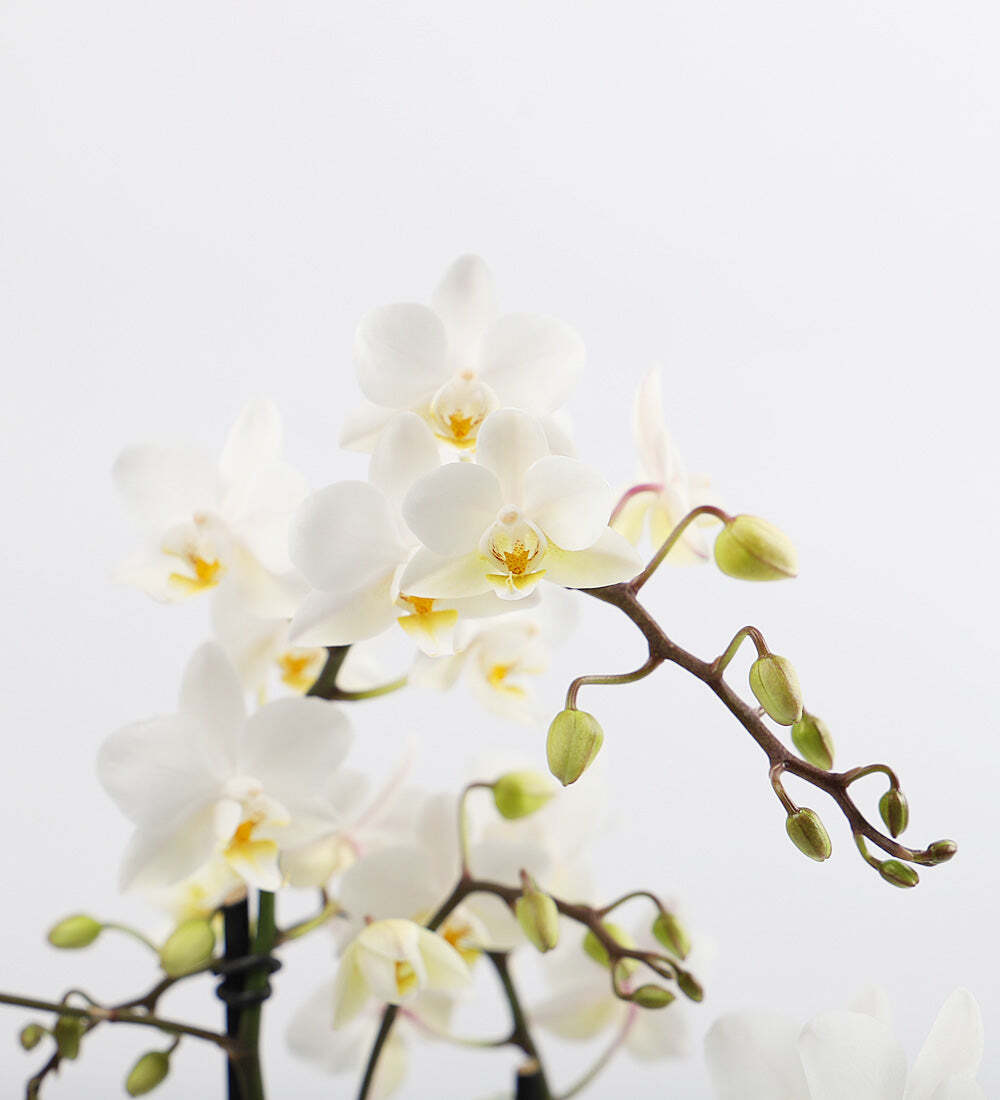

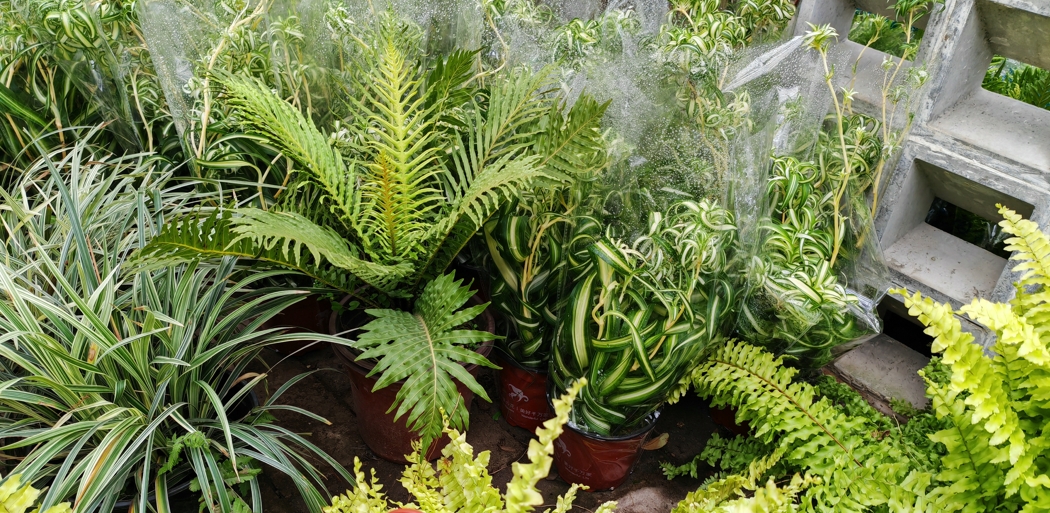
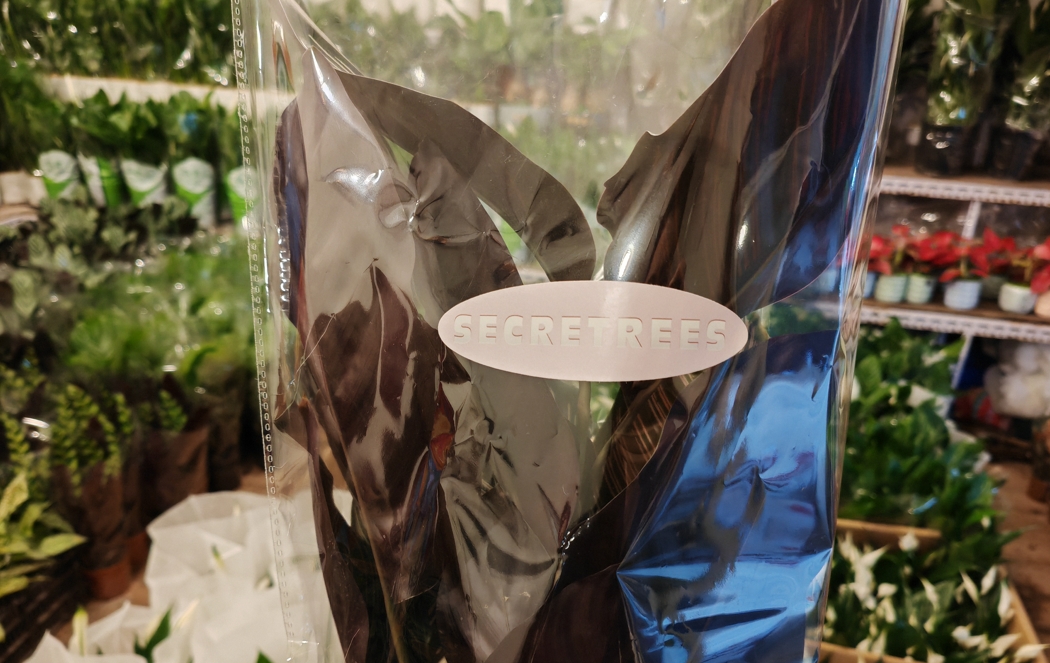





Comment